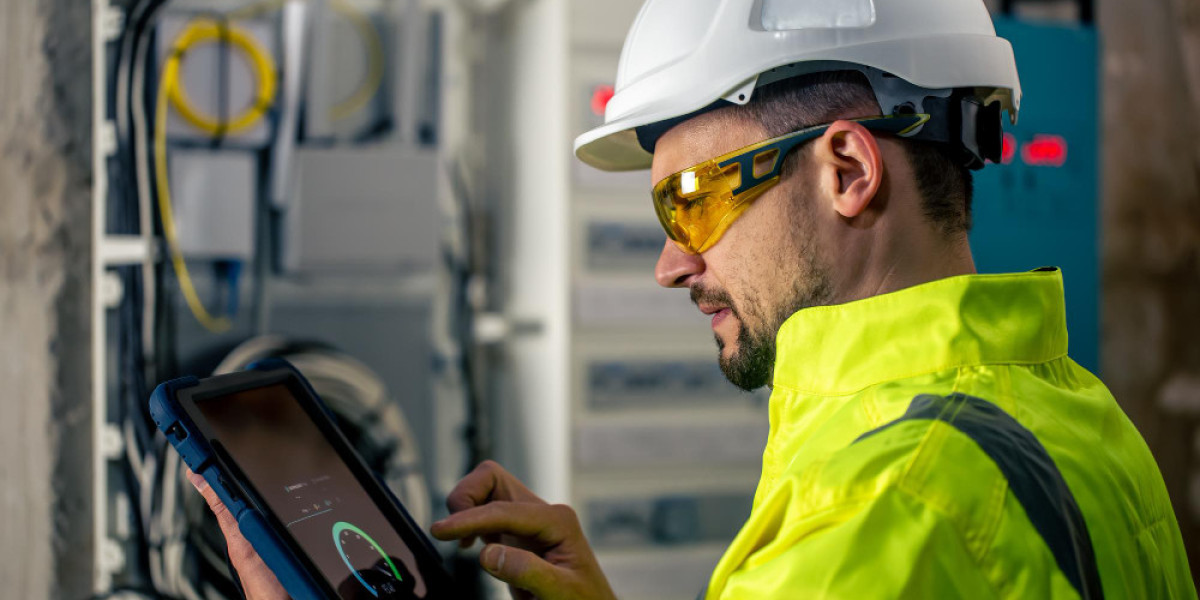Lighting Distribution Panels (LDP) are critical components in electrical systems that ensure safe and efficient power distribution to lighting circuits. Whether in residential, commercial, or industrial settings, these panels play a pivotal role in managing electrical energy, providing reliability and protection to the electrical infrastructure. Below, we explore the key aspects of LDPs and why they are essential in today’s electrical setups.
What Are Lighting Distribution Panels?
Lighting Distribution Panels are electrical boards that distribute electricity to various lighting circuits in a building. They serve as the central hub where power is received from the main electrical supply and then directed to individual lighting circuits. Each circuit is protected by fuses or circuit breakers to prevent overloads and electrical faults.
Why Are Lighting Distribution Panels Important?
- Safety First
Lighting Distribution Panels ensure that lighting systems are connected safely to the power supply. The presence of fuses and circuit breakers reduces the risk of electrical fires or faults by automatically disconnecting power in the event of an overload. - Efficient Power Management
These panels help in distributing power efficiently, ensuring that lights across different parts of the building receive the appropriate voltage. This helps in maintaining an optimal performance of the lighting system and avoids unnecessary power wastage. - Convenient Control
With LDPs, maintenance and management of lighting circuits become easier. Individual circuits can be controlled, isolated, and maintained without affecting the entire electrical system, minimizing downtime and improving operational efficiency.
Key Features of Lighting Distribution Panels
- Multiple Circuit Breakers
LDPs come with multiple circuit breakers or fuses that protect each lighting circuit individually. This setup helps isolate faults, preventing one malfunctioning light circuit from affecting the entire lighting system. - Overload Protection
The circuit breakers in the panel provide overload protection. They trip when they detect excessive current, preventing wiring damage or the risk of fire. - Ample Capacity
These panels are designed to handle the electrical load based on the total wattage of the lighting system. They have sufficient capacity to ensure that even large buildings can run multiple lighting circuits without overloading. - Easy Access for Maintenance
Lighting Distribution Panels are designed for easy access, allowing electricians to perform maintenance and troubleshooting without complicated procedures.
Benefits of Proper Lighting Distribution Panel Installation
- Minimized Risk of Electrical Hazards: Properly installed LDPs significantly reduce the risk of electrical faults, short circuits, and fires, ensuring the safety of the property and its occupants.
- Reduced Energy Waste: By efficiently distributing power to lighting circuits, LDPs contribute to energy savings, especially when integrated with energy-efficient lighting technologies.
- Improved System Longevity: A reliable distribution panel prevents overloading, extending the lifespan of both electrical components and lighting systems.
Conclusion
Lighting Distribution Panels are crucial in ensuring the safe and efficient distribution of electrical power to lighting circuits. From safeguarding electrical infrastructure to enhancing energy efficiency, LDPs are indispensable in modern electrical installations. Proper selection, installation, and maintenance of LDPs ensure not only safety but also optimize the overall performance of the lighting system.
By understanding their role and benefits, you can make informed decisions about lighting distribution and contribute to the long-term reliability of your electrical setup.
APFC Panels: A Key Solution for Efficient Power Factor Management
Feeder Pillars: Essential Components for Efficient Electrical Distribution Systems








